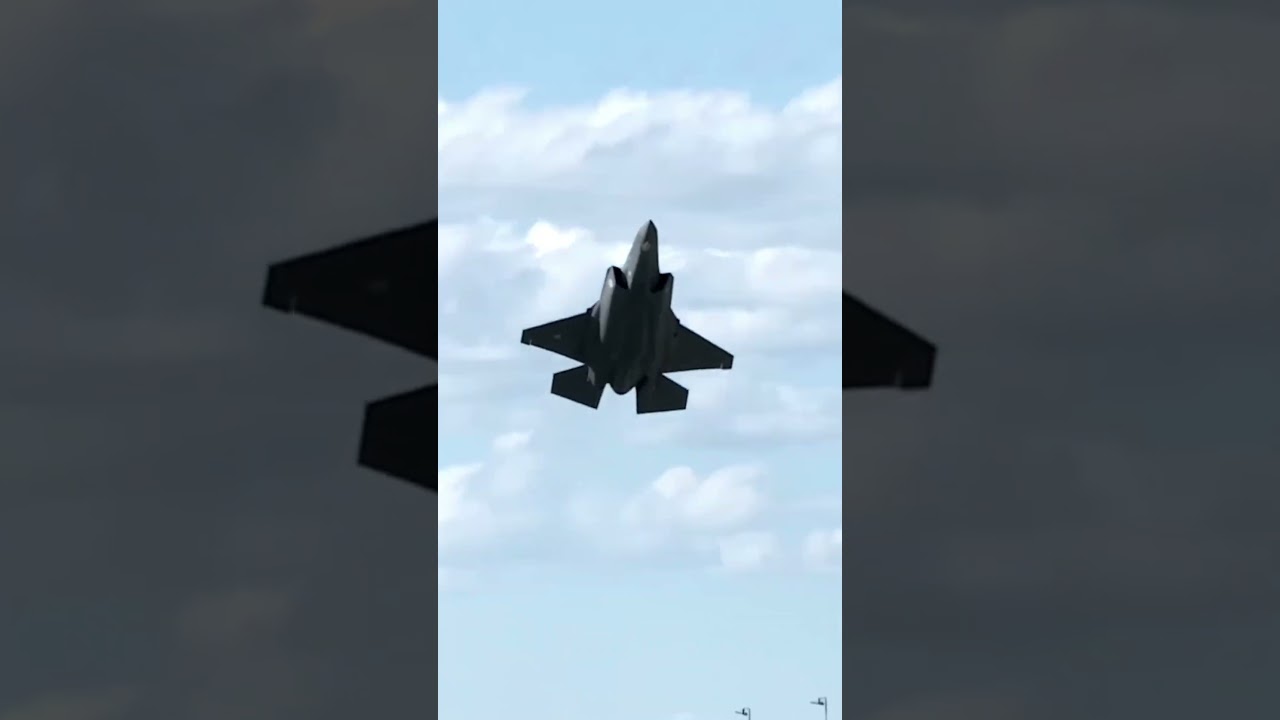The most critical danger during an F-35 highway landing is foreign object debris that can damage the engine, rather than obstacles like overpasses or light posts. Key factors influencing the safety of the landing include the highway’s length, surface slope, and the pilot’s skill in maintaining proper alignment to avoid hazards.
The video explains that the most dangerous aspect of landing an F-35 on a highway is not immediately obvious. While many might assume obstacles like overpasses are the primary hazard, the reality is more nuanced. Overpasses are actually manageable because pilots can safely fly over them, making them less of a concern during a highway emergency landing.
Similarly, obstacles such as light posts are not necessarily the biggest threat. Pilots need to ensure they stay between these posts, which can be achieved with proper control and timing. As long as the aircraft remains aligned correctly with the road, these fixed obstacles pose less danger than other potential hazards on the highway.
Another significant factor affecting highway landings is the length of the road. A longer stretch provides more space for a safe touchdown and deceleration, whereas shorter roads might not allow enough distance to complete a secure landing. Therefore, the available length of the highway is a critical consideration for pilots during such emergency procedures.
The surface slope of the highway can also present challenges. A roadway that slopes upwards could complicate the landing process, making it harder to control the aircraft’s descent or to achieve a smooth touchdown. However, this challenge is generally manageable with experienced piloting, although it requires heightened awareness and skill.
Ultimately, the most serious risk during a highway landing involves foreign object debris, such as rocks or pieces of asphalt, which can be sucked into the aircraft’s engine intake. Such debris can cause catastrophic engine damage, underscoring the importance of thorough preparation and training. The F-35 pilots practice landing under harsh conditions to prepare for these real-world dangers effectively.
